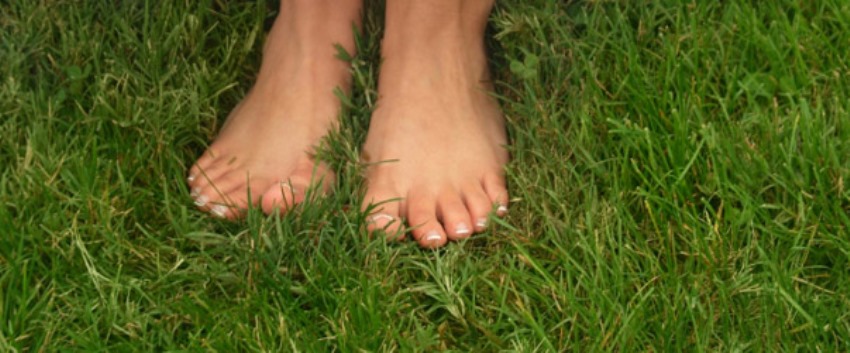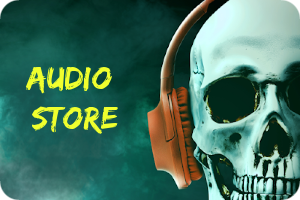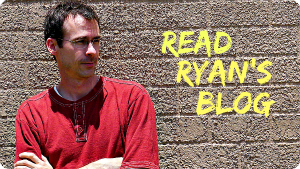In this episode John Chitty from the Colorado School of Energy Studies walks us through a simple practice in self-regulation and embodiment that can be used for self-care or with clients in a clinical setting.
Notes on John Chitty’s “Body, Low, Slow, Loop” practice
16 minutes
This is a practice to develop self-regulation skills.
Bring awareness into the body via sensation. Sensation is often simpler than mental activity or emotions.
Check in with things like position of body, breathing, sensation of gravity. Scan from the head down to the feet. Check in again with breathing. Explore Surfaces you are in contact with. Feel textures and temperatures. We are observing the body, with the mind in the background.
Where in your body catches your attention? Maybe one area of your body emits a stronger signal. Focus on that area. Trace the boundary of wherever your attention is drawn to. Within that boundary, is it more on the left or the right? Is it moving or still? Is it shallow or deep? Where is the upper part, the lower part? We are just experiencing cleanly, without judgement or interpretation.
This first location will be the “target” of our attention.
Now, allow your attention to move to the feet or the hands. For example, choose the left foot and feel the details – contact with surface, temperature, texture, density. Wiggle toes in slow motion, count the toes. Press the ball of the foot into the floor, same with the heel. Pretend you have a magic marker and you are tracing around your foot.
Now go back to the “target” and hold some curiosity about any changes in the area. There may be small or large changes, but we hold no judgement about it. Check in with left/right and upper/lower boundaries. Is it moving or still? What color might it be? What sound might it make? Not looking for meaning, just qualities.
Now go to the finger tips and choose a hand to focus on. Make micro movements and feel into every detail that arises. Count the finger tips. Trace the outline of the fingers and hand as if with a marker, paying attention to the contours of the hand.
Now go back to the target area and notice any changes.
John recommends doing this practice at least once a day to remold the ANS, introducing motion where fixation may have appeared





